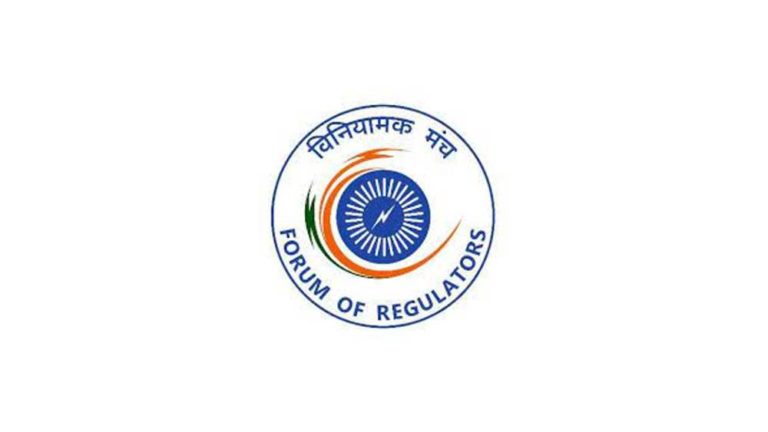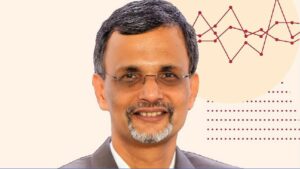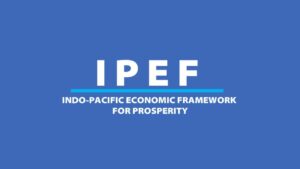The Forum of Regulators (FoR), a group of state electricity regulatory authorities, will prepare norms on various performance parameters and power tariffs which would be adopted by the state electricity regulatory commissions (SERCs).
High assured Return on Equity (RoE) to power producers that were introduced decades ago to incentivize investments in the highly capital incentive power sector is now proving to be Achilles Heel for the power regulators SERCs as consumer’s demands for power and transparency in its tariffs become loud. As the costs of capital, interest rates in the economy, have come down drastically, less than halved, over the last two decades, such demands are only logical and perhaps long overdue.
Power Discoms in 12 states is cumulatively paying a hefty Rs 17,500 crore a year as fixed costs for the power they don’t use. Under contractual obligations, discoms have to pay a fixed costs to power producers to recover capital expenditure.
High RoE that was offered as an incentive to boost power generation, transmission, and distribution in the country two decades ago has now become an Achilles heel for the regulators, consumers across the country as it is one of the major fixed cost factors driving retail power tariff higher.
The History
During the Five Year Plan era, since the cost of capital to set up the infrastructure was very high, and companies needed margins as risk premium on investments for building power generation capacity, Central Electricity Regulatory Commission (CERC), provided a return on equity as high as 18%. But since then the situation has changed dramatically and the change has been for good. The entrepreneurs unlike those times are now ready to take chances. So now as the cost of capital, the prime lending rate, and the 10-year G-Sec rates have fallen substantially, there is a unanimous view to fix the RoE lower.
Analysis of Factors Impacting Tariffs
In this regard, the regulators from Uttar Pradesh, Rajasthan, Tamil Nadu, West Bengal, Assam, Haryana, and Madhya Pradesh formed a forum that studied 12 discoms across India with RoE of 15.5% to 14%. Its findings indicate that “the RoE for generation and transmission must be linked to the 10-year G-Sec rate (an average for previous 5 years), along with capping of the risk premium as decided by an appropriate commission.
According to Forum’s report titled, ‘Analysis of Factors Impacting Retail Tariffs and Measures to Address Them,’ “if RoE is reduced from 15.5% to 12% it would result in a noticeable reduction in retail tariff. The findings also suggest that it is important to link the RoE for discoms on their performance, based on indicators such as supply availability, network availability, AT&C (aggregate technical and commercial) loss reduction since their performance substantially impacts the retail tariff to the consumers. However, for the RoEs to reduce at the national level the decision will have to be made at the CERC level which can then be followed by State Electricity Regulatory Commissions. Surprisingly since the multi-year tariff regulations were already passed the reduction in RoE is not expected till the next round of tariff determination happens after 2024.
The Need of the Hour
The Forum has suggested some reasonable measures. In its report, it has stated that the clean energy cess has increased over time, from Rs 50 per tonne in June 2010 to Rs 400 per tonne of coal since March 2016. The total impact of coal cess on the power sector is around Rs 25000 crore per year during the last 3 years. Again a reduction in clean energy cess of Rs 100 per metric tonne (MT) would translate into a saving of 3% of the Average Cost of Supply (ACoS).
The other fixed cost component that had been impacting the retail tariff is the depreciation cost. It is believed that change in norms for estimation of depreciation, may lead to a significant reduction in electricity tariffs as the report states: “If the depreciation rate is reduced to 4.67% (considering loan repayment period of 15 years to repay 70% of the capital cost) it would reduce the average cost of supply (ACoS) by around Rs 3,500-4,000 crore or 8 paise per unit.” Till now CERC has used a Straight Line Method (SLM) of depreciation in all the previous four tariff periods.
Earlier the CERC had adopted the provision of Advance Against Depreciation (AAD) in order to ensure enough cash flows to meet loan repayment obligations, however, in 2009 it dispensed with AAD provision. So if the ROE and depreciation cost, as components of fixed cost, are reduced there can be a huge reduction in the retail tariffs for consumers.














